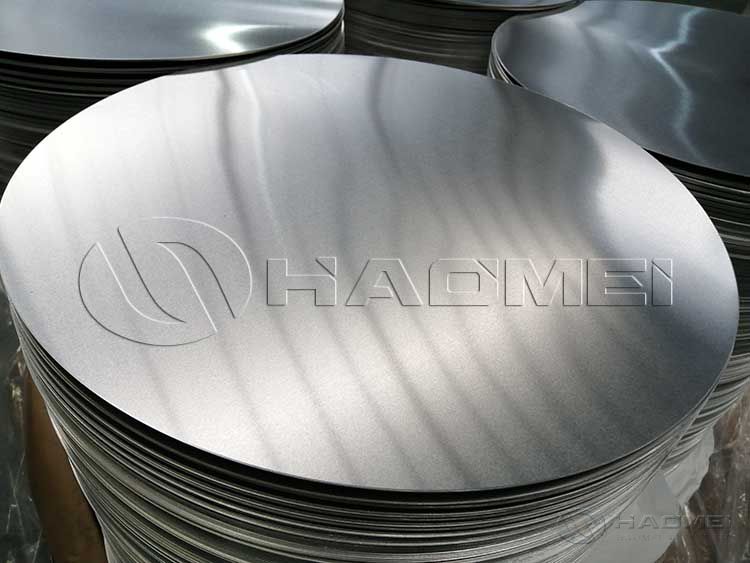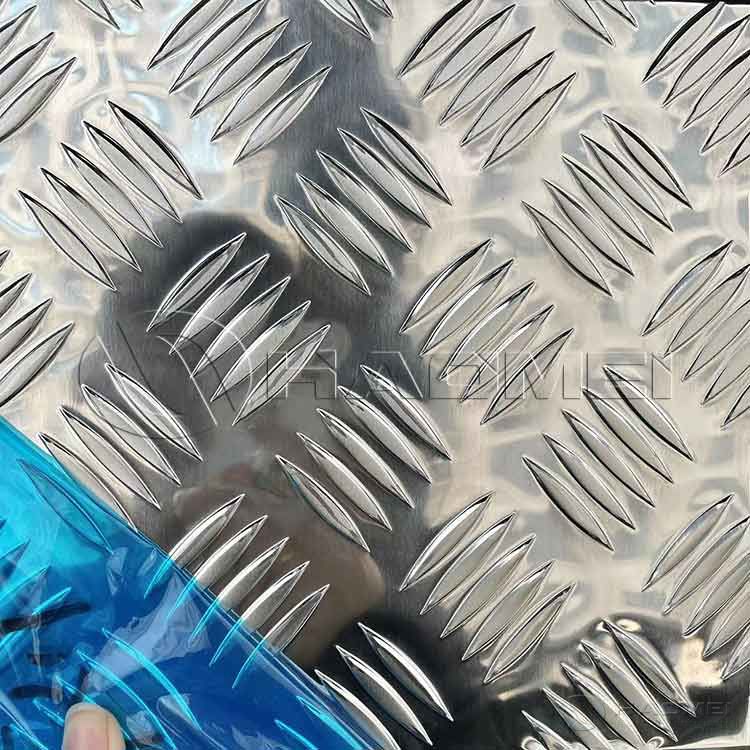The anodized aluminium strip production process: mechanical polishing of aluminum coils-degreasing - water washing - chemical polishing - water washing - anodizing - water washing - closing - mechanical brightening-slitting.
Remark 1: Chemical polishing products: Aluminum-alkali polishing liquid
Remark 2: Anodizing products: aluminum anodizing liquid
Remark 3: Closing products: Aluminum coil coloring closing liquid

Aluminum strip anodizing dyeing process
1. Aluminum coil pretreatment
Aluminum strip roll are stained with more grease, a small amount of abrasives, dust and defective oxide films during repeated machining. These substances have poor electrical conductivity and cannot be anodized, so they need to be processed in advance. The method is to soak the aluminum in carbon tetrachloride, trichlorethylene, gasoline or toluene, rinse it with a brush, then air-dry it, then soak it in water, and wash it repeatedly. After removing oil, rinse immediately with hot water. If a black film appears on the surface, soak it in 32% nitric acid solution for 20 seconds to remove the black film, and finally rinse with cold water.
2. Anodized aluminum strip
Sulfuric acid electrolyte manufacturing: The ratio of 18-20kg sulfuric acid and 80-82kg deionized water solution is about 1.125-1.140. Sometimes a small amount of oxalic acid is added to the sulfuric acid electrolyte to obtain a good anodizing film.
Anodizing process: Aluminum and its alloys form an oxide film on aluminum products (anode) under the action of applied current under corresponding electrolytes and specific process conditions. Anodizing usually refers to sulfuric acid anodizing unless otherwise specified.
3. Alumina coil dyeing
Dyes are divided into inorganic dyes and organic dyes. Inorganic dyes are mainly composed of inorganic salts. When dyeing, the aluminum is soaked in A and B colored compounds to achieve the dyeing purpose.
4. Precautions for anodizing treatment
After the aluminum coil is treated with washing oil, the aluminum coil should be anodized immediately and should not be left for too long.
When purchasing raw materials and dyes, you should choose products with high purity, because generally the dyeing effect will be poor if there are more impurities.
In addition to anodized aluminum strips, Haomei Aluminum also has aluminum moulding strips, aluminum flashing roll, painted aluminum coil,etc. Welcome to leave message below to inquire what you need.
Original source: https://www.aluminumstrip24.com/news/what-is-manufacturing-process-of-anodized-aluminium-strip.html








